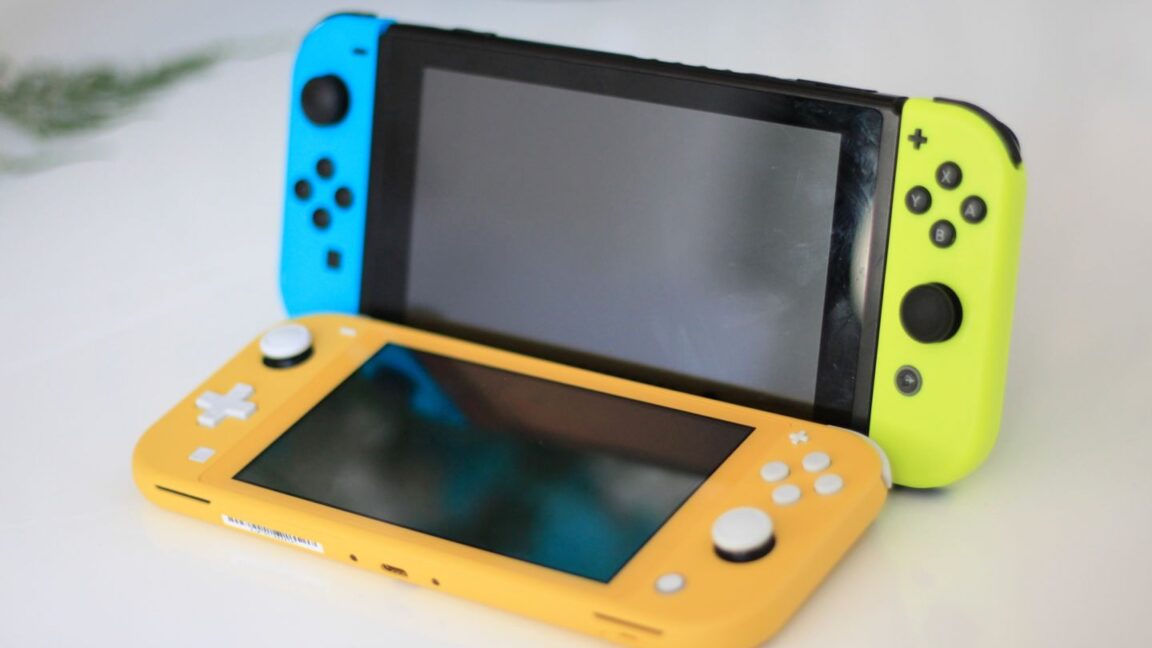Digital Game Sharing Crackdown: Nintendo Tightens Switch Game Lending Rules

Virtual Game Card System Revolutionizes Online Gaming Sharing
Gaming companies have introduced an innovative "Virtual Game Card" system designed to combat unauthorized game sharing and prevent multiple players from simultaneously accessing a single purchased game license.
The new digital authentication method ensures that game purchases are more strictly controlled, addressing a long-standing challenge in the online gaming industry. By implementing advanced tracking and verification technologies, the system can detect and block concurrent login attempts from different devices using the same game license.
This breakthrough solution aims to protect game developers' revenue streams and maintain the integrity of individual game purchases. Players will now be required to have unique, verified access credentials, effectively eliminating the practice of sharing login information across multiple users.
Industry experts suggest this system represents a significant step towards more secure and fair digital game distribution, potentially reducing unauthorized game access and supporting continued game development investments.
